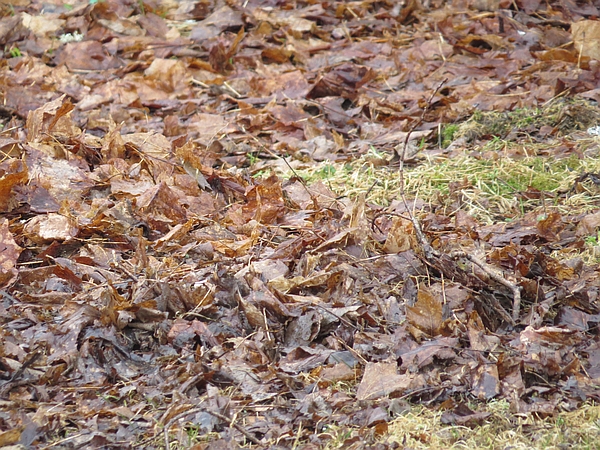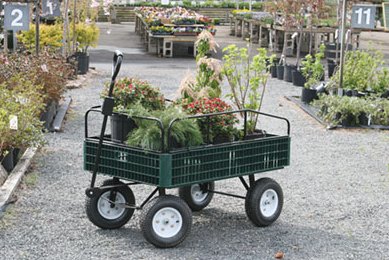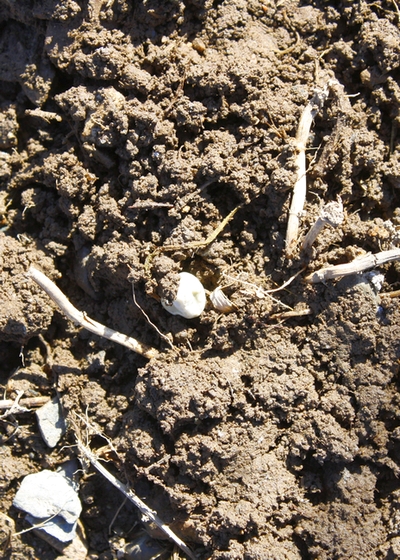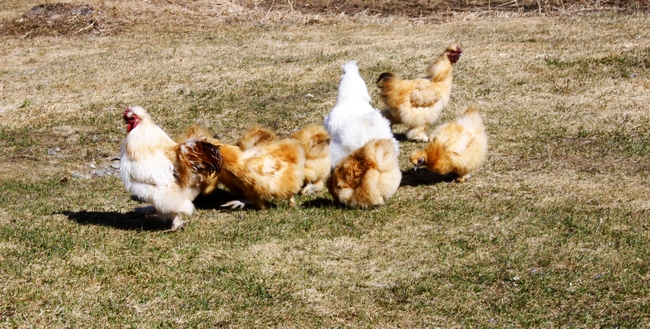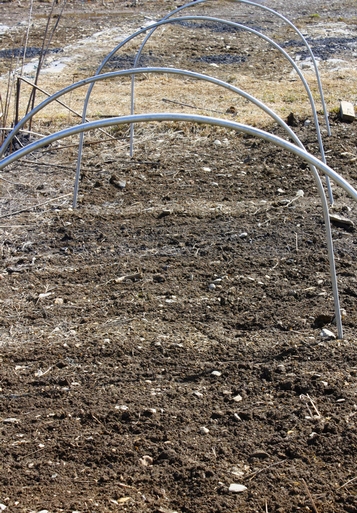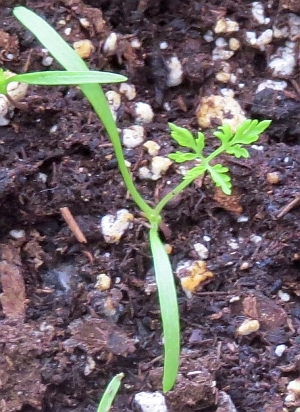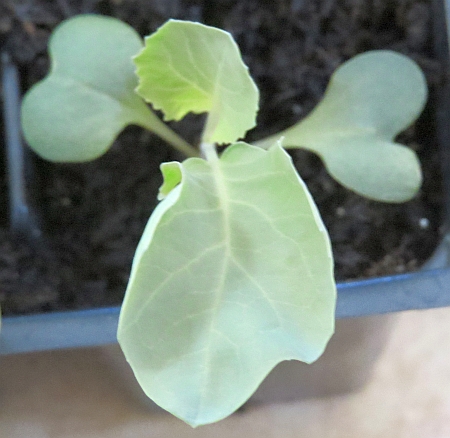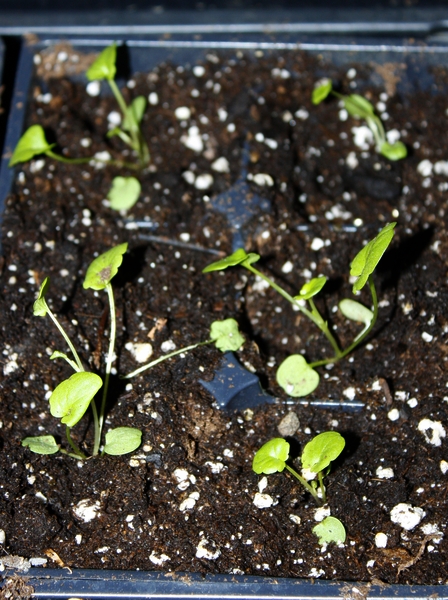Reasons Why You Should Raise Backyard Chickens
When it comes to animals, Jordan Walker is an expert to that. He tries to help other pet owners through writing useful information in the Coops And Cages blog. And now, he shares with us the several reasons why raising backyard chickens is a great idea.

People start to realize the myriad of benefits raising chickens can provide; hence, they want to start having a brood in their own backyard. Before, only people in the country are enjoying keeping and reaping benefits that their chickens give. However, with the advancement of technology and the growing health concerns of people, raising backyard chickens has gained popularity.
However, for those who live in the urban area, you need to know about your city’s laws and regulations first when it comes to raising chickens. Most cities in the US do not allow having chickens raised in the backyard because of the noise chickens make. But nowadays, even people living in the city enjoy keeping chickens due to relaxed laws and regulations. That is why it is no longer a wonder if you happen to see a chicken coop in the urban zone.
Is raising chickens right for you?
If you are planning to raise chickens, it would be best to also ask farmer neighbors and people who have been raising chickens in their whole life. This would help you determine if you are best fitted for the endeavor.
Another thing to consider is your feasibility to give your chickens’ basic needs. Will you be able to devote some time to feed and water them, or clean their chicken coop? Yes, chickens also need a home. Of course, you wouldn’t want your neighbors to start complaining about free range chickens going over their fences, right?
Chickens also produce a lot of noise. Their crowing and cackling might get through your nerves. But if you really insist on raising chickens, it would be best to raise more hens than roosters because these crowned chickens are a lot noisier.
Another annoying thing that chickens might do is to destroy your garden–unintentionally. They like to dig and peck at anything they deem tasty. So if you want to keep your garden safe, a chicken coop confines them when you’re not keeping watch.
If you can keep up with all the needs of chickens as well as their behavior, then congratulations! You might be able to survive the responsibilities of chicken farming.



What’s in store for you if you raise chickens
Aside from laying eggs and their protein rich meat, chickens are great pets, too! Their sweet and mild temper has attracted breeders to keep them as pets. They would eat from your hands, or even respond when called. Chickens offer a lot of benefits apart from being easy to take care of. Here are some rewards breeders reap from raising their backyard flock:
- Cheaper costs. Starting a brood in the backyard is relatively cheap. Breeders can feed them with kitchen scrap including vegetables, fruits, grains and even meat.
- Fast meat sources. Depending on their breed, chickens are fast growers that can give breeders a tasty meal. For instance, a Cornish Cross can be processed when they reach seven to nine weeks. This means that breeders need to feed them for about two months and they can already be served in your dinner plate.
- Healthier eggs and meat. Breeders know what food their chickens eat. Thus, a tastier and healthier eggs can be enjoyed and meat as well. Eating meat and eggs from the chickens you raised is a lot safer compared from those bought in the supermarket because backyard-raised chickens contain less fat.
- Hefty supply of backyard eggs. Chicken breeders enjoy a large supply of fresher eggs compared to their non-chicken raising neighbors. This is because a brood can lay one to two eggs a day for a number of years after reaching about 6 months old.
- Good pets. Children will be able to enjoy the company of backyard-raised chickens because of their friendly nature. They are easy to manage and only entail low maintenance costs.
- Great gardeners. Chickens are also great gardeners as they love to eat grasses. They would weed around your shrubs and trees that would create a meticulously weeded landscape. backyard chickens
- Pest control. Chickens are also great agents in controlling pests. They eat insects, worms and even mice and snakes. The best thing about them is that they control the pest in your area for free! backyard chickens
- Excellent sources of fertilizer. A breeder’s garden will have no problem regarding fertilizer. This is because chicken poop is full of nitrogen needed to make excellent compost. In return, the garden soil becomes rich to be able to grow more plants.



Downsides of raising chickens
Aside from the numerous benefits breeders get, there are also some things to watch out for while raising backyard chickens. These are the unforeseen happenings that breeders might meet along the way. Remember that it is not just about getting fresh meat and eggs as farm life is also not just about the roses. Here are some of the major downsides of raising chickens: backyard chickens
- Chicken waste. Although chicken poop is a good source of fertilizer, chickens can poop a lot than what you need. It is best to have the surroundings of the house cleaned as guests might be having a hard time cleaning their shoes every time they come to visit.
- Unexpected chicken deaths. Other animals including dogs, raccoons, foxes and the like can hunt down your chickens. They are just some of the most fearsome chicken predators. Some breeders tell of their horror stories after learning the deaths of their chickens. backyard chickens
- Decline of production. As your chickens age, the production also declines. This happens after two years of laying eggs. However, this is not really a problem as breeders can always keep the chickens as pets or have their meat stacked inside the freezer.
Although raising chickens has some downsides, the benefits you can get are still more than its disadvantages. This may be one reason why more and more people are getting attracted to having a brood in their backyard. backyard chickens
Image Sources: [1] [2] [3] [4] [5] [6] [7]
Author: Jordan Walker
Jordan is the lead content curator for Coops And Cages as well as a couple of other pet related blogs. His passion for animals is only matched by his love for ‘attempting’ to play the guitar. If you would like to catch him, you can via Google+ or Twitter: @CoopsAndCages



